Fun DIY Nightlight Projects for Kids
Are you ready to embark on a creative journey that lights up the night? DIY nightlight projects are not only a fantastic way for kids to express their creativity, but they also provide a sense of comfort and security as they drift off to sleep. Imagine your child’s eyes lighting up with excitement as they craft their very own nightlight, transforming their room into a cozy, magical space. These projects are simple enough for children to tackle with minimal adult supervision, making them perfect for weekend afternoons or rainy days.
The beauty of DIY nightlights lies in their versatility. From whimsical designs featuring their favorite characters to elegant lanterns that cast a soft glow, the possibilities are endless. Not only do these projects encourage imaginative play, but they also enhance room decor, adding a personal touch that store-bought nightlights simply can’t match. Plus, what could be more rewarding than seeing your child take pride in a creation they made themselves? With just a few materials and some guidance, you can help your little ones create nightlights that will illuminate their dreams.
In this article, we’ll explore a variety of fun and engaging DIY nightlight projects that are perfect for kids. We’ll cover everything from the essential materials needed to safety tips, ensuring a smooth and enjoyable crafting experience. So, gather your supplies, roll up your sleeves, and let’s dive into the wonderful world of DIY nightlights!
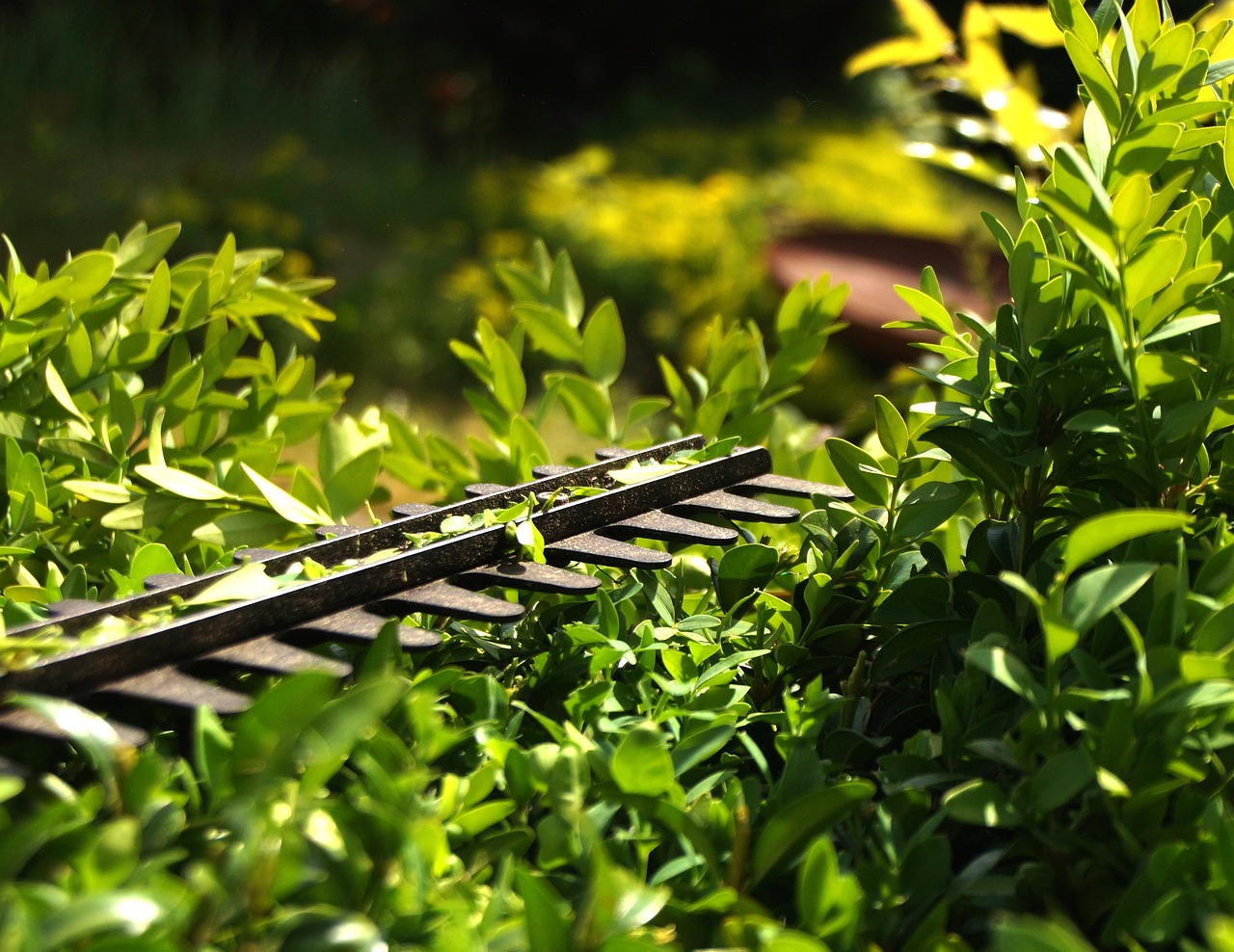
Materials Needed
When diving into the world of DIY nightlight projects, it's essential to gather the right materials to ensure a smooth and enjoyable crafting experience. The beauty of these projects is that they can be tailored to fit your child's interests and creativity, which means the materials can vary widely. However, there are some common supplies that will be useful across different designs. First and foremost, you'll need a reliable light source. For safety and efficiency, LED lights are highly recommended due to their low heat emission and energy efficiency.
Next, you'll want to collect some basic crafting supplies. This can include:
- Colored paper or cardstock - Perfect for creating vibrant designs.
- Clear jars or containers - These can serve as the base for your nightlight.
- Paint - Acrylic paints work wonderfully to add color and personality to your projects.
- Glue and tape - Essential for holding your creations together.
- Scissors - A must-have for cutting paper and other materials.
- Decorative elements - Think stickers, glitter, or even small figurines that can personalize the nightlight.
Additionally, if your child is interested in incorporating some basic wiring, having wire strippers and connectors on hand can be beneficial. It's also wise to have a power source, like batteries or a USB cable, depending on the type of LED lights you choose. By gathering these materials beforehand, you can create a stress-free crafting environment where creativity can flourish.
Remember, the goal of these projects is to inspire your child’s imagination while also teaching them valuable skills. So, don’t hesitate to let them explore and experiment with different materials. The more they engage with the crafting process, the more unique and personal their nightlight will become!

Safety Tips
When it comes to crafting DIY nightlights, safety should always be the top priority. Kids are naturally curious and eager to explore their creative sides, but it's essential to ensure they do so in a safe environment. Before diving into any project, it's crucial to establish a set of guidelines that can help prevent accidents and injuries. For instance, always supervise children when they are working with tools or materials that could pose a risk. This not only ensures their safety but also allows for a fun bonding experience as you work together on these creative projects.
One of the most important aspects of safety in DIY nightlight projects is the choice of materials. Opt for non-toxic paints and adhesives, as children may accidentally ingest them or come into contact with their skin. Additionally, when using any electrical components, it’s vital to ensure that they are safe for children to handle. This brings us to the importance of using LED lights, which are not only energy-efficient but also emit very little heat, reducing the risk of burns.
Here are some key safety tips to keep in mind:
- Keep the workspace clean: A tidy workspace minimizes the risk of accidents. Make sure to clear away any clutter before starting your project.
- Use child-safe tools: If your project requires cutting or crafting tools, ensure they are appropriate for children. Safety scissors or plastic knives can be great alternatives.
- Check electrical components: Always inspect wires and lights for any signs of wear or damage before use. If anything looks questionable, it’s best to discard it.
- Teach proper handling: Show kids how to safely handle tools and materials. For instance, demonstrate how to cut carefully and how to avoid tangling wires.
In addition to these tips, it's also beneficial to create a designated "crafting zone" where children can feel free to express their creativity while being mindful of safety. This zone should be stocked with all necessary materials, and kids should be reminded to ask for help whenever they feel uncertain about a task. By fostering an environment of safety and creativity, you can ensure that the DIY nightlight projects are not only fun but also secure.
Lastly, remember that accidents can happen, even with the best precautions in place. Having a first-aid kit nearby and knowing basic first-aid procedures can be very helpful. This way, you can swiftly address any minor injuries that may occur, allowing the crafting fun to continue without too much interruption. So, gather your materials, set up your crafting zone, and let the creativity flow while keeping safety at the forefront!
Q: What materials are best for kids to use when making nightlights?
A: Non-toxic paints, LED lights, and safe adhesives are ideal materials. Avoid anything sharp or hazardous.
Q: How can I ensure my child is safe while crafting?
A: Always supervise your child, provide child-safe tools, and teach them proper handling techniques for materials and tools.
Q: Are LED lights really safer than traditional bulbs?
A: Yes! LED lights emit very little heat and are energy-efficient, making them a safer choice for children's nightlights.
Q: What should I do if my child gets hurt while crafting?
A: Always have a first-aid kit handy. For minor injuries, clean the wound and apply a bandage. If the injury is serious, seek professional medical help.
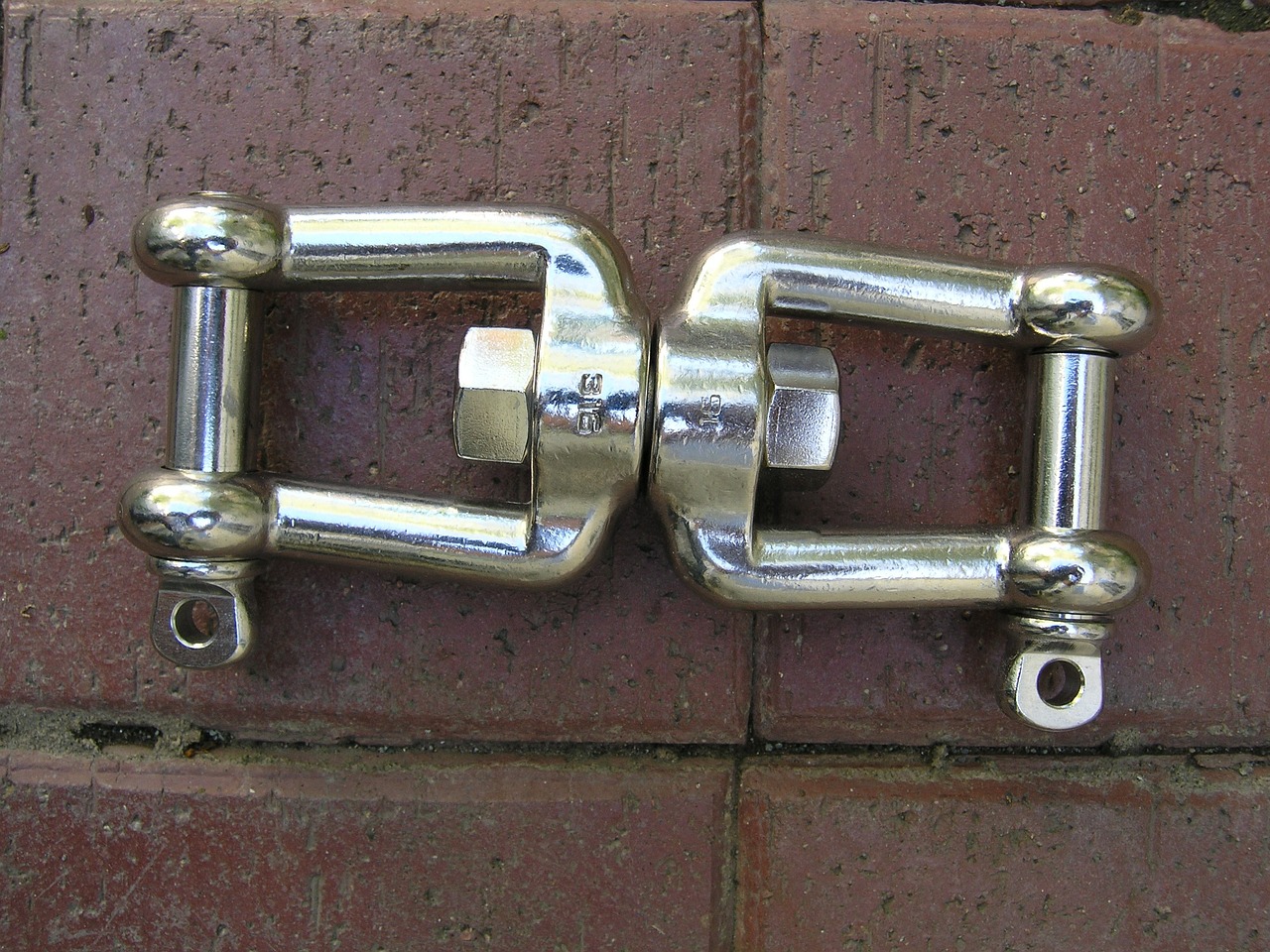
Using LED Lights
When it comes to creating DIY nightlights, LED lights are the shining stars of the show! Not only are they safe for kids to use, but they also come with a plethora of benefits that make them the perfect choice for any nighttime project. Imagine a world where your child can craft their very own nightlight without the worry of overheating or electrical hazards. That’s the magic of LED technology! These tiny lights are incredibly energy-efficient, consuming less power than traditional bulbs while providing a bright glow that can illuminate even the darkest corners of a room.
One of the most appealing aspects of using LED lights is their low heat emission. Unlike incandescent bulbs that can get dangerously hot, LEDs remain cool to the touch, making them a safer option for children’s crafts. This means your little ones can freely explore their creativity without the fear of burns or accidents. Plus, with a variety of colors and styles available, LED lights can easily fit into any design theme your child dreams up!
Additionally, LEDs have a longer lifespan compared to traditional bulbs. This means less waste and fewer trips to the store for replacements. Think of it like planting a tree that keeps giving; your child’s nightlight can shine bright for years to come without needing constant upkeep. With all these benefits, it’s clear that using LED lights not only enhances the safety of DIY projects but also encourages kids to get creative without limits.
When selecting LED lights for your nightlight project, consider the following factors:
- Brightness: Ensure the LED provides enough light for your intended purpose.
- Color: Choose colors that match your child’s room decor or their personal preferences.
- Size: Make sure the LEDs fit well within the chosen design, whether it’s a jar, lantern, or any other creative concept.
In summary, using LED lights in DIY nightlight projects not only enhances safety but also opens up a world of creative possibilities. With their energy efficiency, cool touch, and long lifespan, these lights are an excellent choice for kids eager to bring their imaginative designs to life. So, let your children’s creativity shine bright and watch as they transform their spaces into magical realms filled with light!
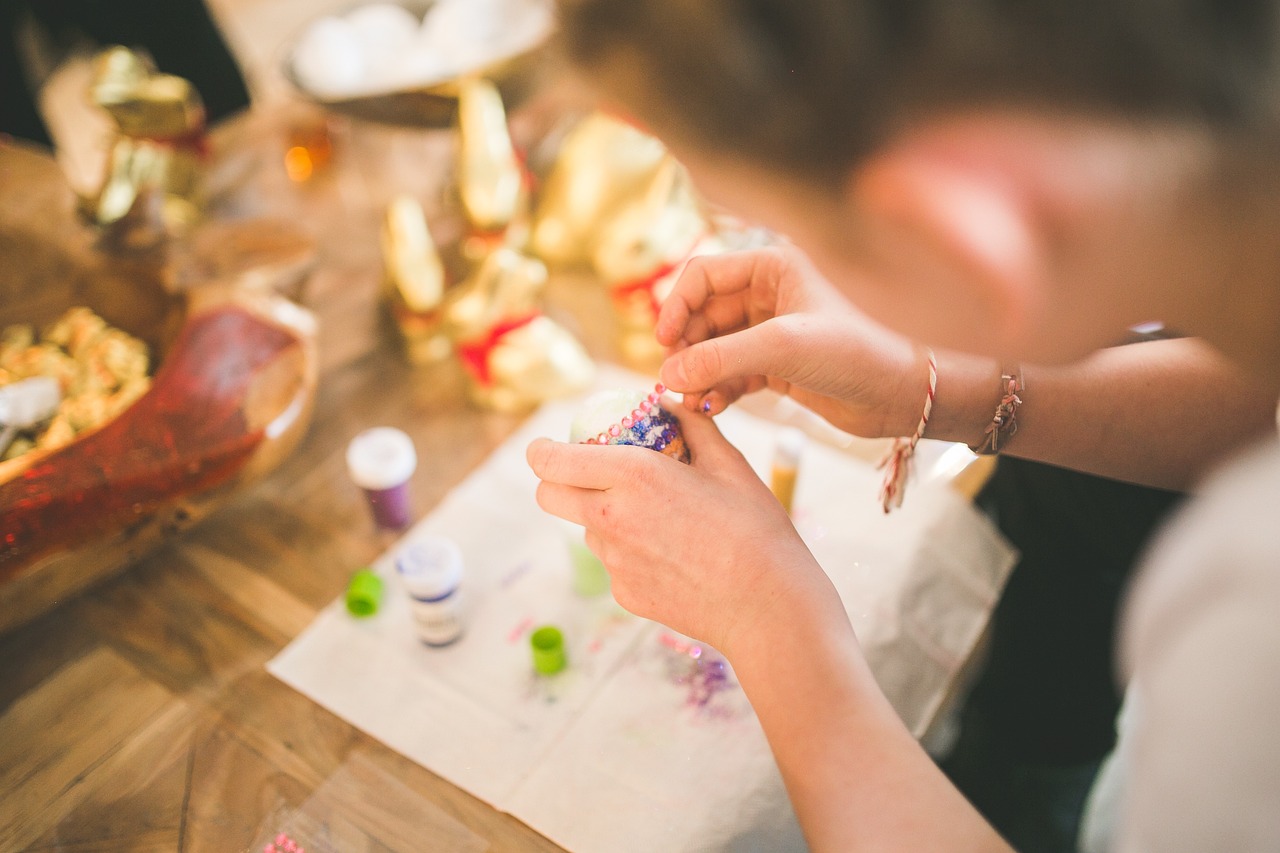
Choosing the Right LED
When it comes to crafting DIY nightlights, selecting the right LED is crucial for both functionality and safety. LEDs, or Light Emitting Diodes, come in various shapes, sizes, and brightness levels, making it essential to choose the one that best fits your project. First and foremost, consider the brightness of the LED. A bright LED might be perfect for illuminating a larger space, while a softer glow can create a cozy atmosphere in a child's bedroom. Think of it like choosing the right light bulb for your home; you wouldn’t want a spotlight in your living room, right?
Next, you'll want to focus on the color temperature of the LED. LEDs are available in a range of colors, from warm white to cool blue. For a nightlight, warmer colors are often more soothing and comforting, making them ideal for children. Imagine how a gentle, warm light can mimic the soft glow of a sunset, creating a peaceful environment for sleep. Additionally, consider using colored LEDs for a fun twist. Kids often love vibrant colors, and you can even let them choose their favorite hues to personalize their nightlight.
Another important factor is the voltage of the LED. Most DIY nightlight projects utilize low-voltage LEDs, which are safer and easier to work with. Typically, a 3 to 12-volt LED is sufficient for home projects, ensuring that the nightlight won't overheat or pose any risks. To help you visualize the options available, here’s a simple table outlining common LED types and their characteristics:
| LED Type | Brightness (Lumens) | Color Temperature (Kelvin) | Voltage |
|---|---|---|---|
| Warm White | 100-200 | 2700K - 3000K | 3-12V |
| Cool White | 200-300 | 4000K - 5000K | 3-12V |
| Colored (Red, Blue, Green) | 50-100 | N/A | 3-12V |
Lastly, don’t forget about the size and shape of the LED. Depending on the design of your nightlight, a smaller LED may be more suitable for intricate designs, while larger LEDs can make a bold statement. The key is to ensure that the LED complements the overall look of the nightlight, just like how a cherry on top completes a delicious sundae!
In summary, choosing the right LED involves considering brightness, color temperature, voltage, and size. By paying attention to these factors, you can create a nightlight that not only looks great but is also safe and functional. So, as you embark on your DIY nightlight adventure, keep these tips in mind to light up your child's room with creativity and joy!

Wiring Basics
When diving into the world of DIY nightlights, understanding the basics of wiring can be a game-changer. It’s not just about connecting wires; it’s about creating a safe and functional project that lights up your child’s imagination. Think of wiring as the veins of your nightlight, delivering energy and life to your creative designs. So, let’s break it down into easy-to-understand concepts that will empower kids to tackle their projects with confidence.
First off, it's essential to know the components involved in wiring a nightlight. The basic parts include:
- LED lights: These are your light sources, and they come in various colors and sizes.
- Battery holder: This keeps your power source secure and accessible.
- Wires: These connect everything together and allow electricity to flow.
- Switch (optional): A simple switch can turn your nightlight on and off, adding convenience.
Now, let’s talk about how to connect these components safely. Start by ensuring that your work area is dry and free from clutter. Safety first! When working with wires, it’s crucial to strip the ends of the wires carefully, exposing just enough metal to make a solid connection without risking any shorts. You can use wire strippers or scissors, but always exercise caution.
Next, connect the wires to the LED lights. Here’s a quick tip: the longer leg of the LED is usually the positive (+) side, while the shorter leg is the negative (-) side. This is important because connecting them the wrong way can prevent your nightlight from working. Once the wires are attached, it’s time to connect them to the battery holder. Make sure to connect the positive wire from the LED to the positive terminal of the battery holder and the negative wire to the negative terminal. This simple connection will ensure that your nightlight gets the power it needs to shine bright!
For those who want to take it a step further, adding a switch can enhance the functionality of your nightlight. To do this, simply cut one of the wires (usually the positive one) and connect one end to the switch. The other end of the switch should be connected back to the battery holder. This way, you can easily turn your nightlight on and off without having to disconnect the battery each time.
Lastly, it’s crucial to test your connections before sealing everything up. Insert the batteries, flip the switch, and watch your creation come to life! If it doesn’t light up, double-check your connections and make sure everything is secure. Remember, practice makes perfect, and with a little patience, your kids will be wiring pros in no time!
In summary, wiring basics for DIY nightlights can be simplified into understanding components, making secure connections, and testing your work. By following these guidelines, children can not only create beautiful nightlights but also gain valuable skills that will benefit them in future crafting endeavors.
1. Is it safe for kids to work with wires?
Yes, as long as they are supervised and taught the basics of safety, kids can safely work with wires. Always ensure they understand the importance of handling tools carefully.
2. What type of LED lights should we use?
Using low-voltage LED lights is recommended for safety and energy efficiency. They are available in various colors and are perfect for nightlights.
3. Can we use rechargeable batteries?
Absolutely! Rechargeable batteries are a great option as they are eco-friendly and can save you money in the long run.
4. What if my nightlight doesn’t work?
If your nightlight doesn’t work, check all your connections to ensure they are secure. Make sure the batteries are installed correctly, and test the switch if you used one.
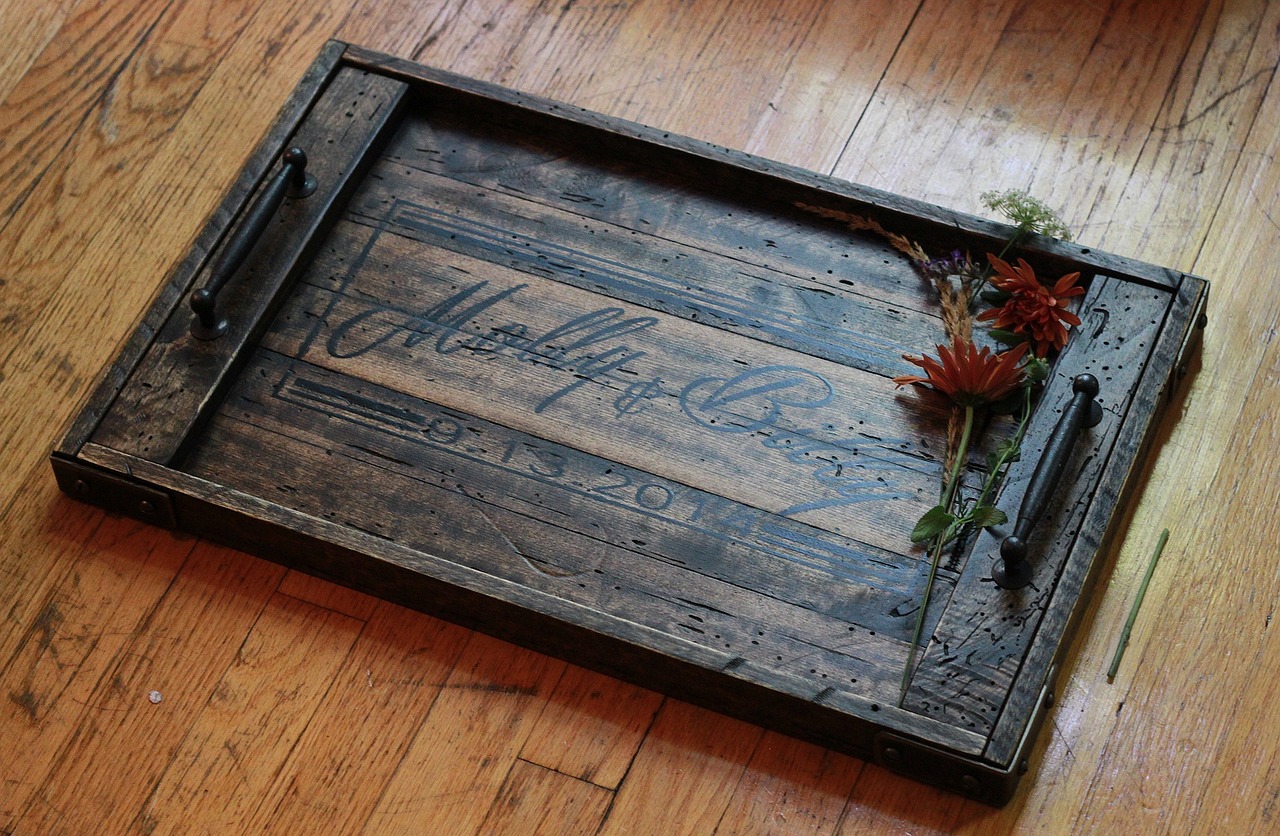
Creative Design Ideas
When it comes to DIY nightlights, the sky's the limit! The beauty of crafting your own nightlight is that you can let your imagination run wild. One idea is to create a themed nightlight that reflects your child's interests. For example, if your little one loves space, consider making a nightlight in the shape of a rocket or a glowing planet. You can use simple materials like cardboard, colored paper, and LED lights to bring these designs to life.
Another fantastic idea is to create a nature-inspired nightlight. Imagine a nightlight that looks like a tree with fireflies! You can use a small branch, some fairy lights, and a glass jar to create a beautiful forest ambiance right in your child's room. This not only adds a cozy glow but also sparks conversations about nature and wildlife.
For those who enjoy a bit of whimsy, try designing a character nightlight. Whether it's a friendly dinosaur or a cute unicorn, kids can decorate a simple lampshade or a jar with paint and stickers. This project can be a fun way to incorporate their favorite characters into their nighttime routine, making bedtime a little less scary and a lot more magical!
Don't forget about color-changing nightlights. Using LED lights that change colors can create a mesmerizing effect. You can create a simple box or sphere that houses the LED lights, allowing the colors to shine through. This not only serves as a nightlight but also as a beautiful piece of decor that evolves with your child's mood. Plus, it's a great conversation starter!
Finally, consider creating a photo nightlight. By using a clear jar or a frame, you can insert family photos or your child's artwork. When the LED light shines through, it creates a warm, personal glow that makes the room feel more inviting. It's a wonderful way to keep cherished memories close, especially during the night.
Each of these creative designs encourages kids to express themselves while developing their crafting skills. The best part? They can personalize these projects to reflect their unique personalities and interests, making bedtime a fun and engaging experience!
Q: What materials do I need for these DIY nightlight projects?
A: Common materials include LED lights, jars, cardboard, paints, stickers, and any decorative items your child loves. You can often find these items around the house!
Q: Are LED lights safe for kids to use?
A: Absolutely! LED lights are safe as they emit low heat and are energy-efficient. They’re a great choice for children's crafts.
Q: How can I ensure my child stays safe while crafting?
A: Always supervise your child during projects that involve cutting or wiring. Teach them about safe handling of materials and tools, and make sure they understand the importance of following instructions.
Q: Can these nightlights be used as gifts?
A: Yes! Handmade nightlights make wonderful gifts for friends and family. They are personal, thoughtful, and can be tailored to the recipient's taste.

Step-by-Step Guides
When it comes to creating DIY nightlights, having a clear and concise guide can make all the difference. Not only does it simplify the crafting process, but it also allows kids to feel a sense of accomplishment as they bring their ideas to life. Let’s dive into some fun and creative nightlight projects that are perfect for children to tackle with minimal adult supervision. Each project is designed to be engaging and straightforward, ensuring that your little ones can unleash their creativity while learning valuable skills along the way.
Creating a paper lantern nightlight is a delightful project that adds a splash of color and charm to any room. To get started, you will need a few basic materials: colored paper, scissors, a glue stick, an LED tealight, and some decorative items like stickers or markers. Begin by cutting the colored paper into a rectangular shape, about 10 inches wide and 12 inches long. Fold the paper in half lengthwise, and then make cuts along the folded edge, stopping about an inch from the bottom. Unfold the paper, and you will see a beautiful fringe effect. Now, roll the paper into a cylinder, gluing the edges together to form the lantern. Place the LED tealight inside, and you have a stunning nightlight that casts a warm glow. Encourage your kids to personalize their lanterns with stickers or drawings, making each piece truly unique!
A jar nightlight project is both simple and effective, transforming an ordinary jar into a magical light source. To create this enchanting nightlight, gather an empty glass jar, some acrylic paint, a paintbrush, and an LED string light. Start by painting the outside of the jar with a base coat of your chosen color. Once the paint is dry, let your kids get creative by adding designs or patterns using different colors. Once the jar is fully decorated and dried, take the LED string lights and carefully place them inside the jar. The soft glow from the lights will shine through the painted surface, creating a beautiful ambiance in any room. This project not only brightens up a space but also allows kids to express their artistic flair.
To wrap up this guide, let's address some common questions that might arise during these fun DIY nightlight projects:
- Can I use regular light bulbs instead of LED lights?
It's best to stick with LED lights for safety reasons. They are cooler to the touch and reduce the risk of fire hazards. - What if I don't have colored paper for the lantern?
You can use white paper and decorate it with markers, crayons, or paint to create your own colorful designs. - Are these projects suitable for younger children?
Yes! With adult supervision, younger kids can participate in the decorating process while older children can handle the assembly.
These DIY nightlight projects not only illuminate a child's room but also spark their imagination, allowing them to create something truly special. So gather the materials, unleash the creativity, and watch as your kids light up their world, one nightlight at a time!
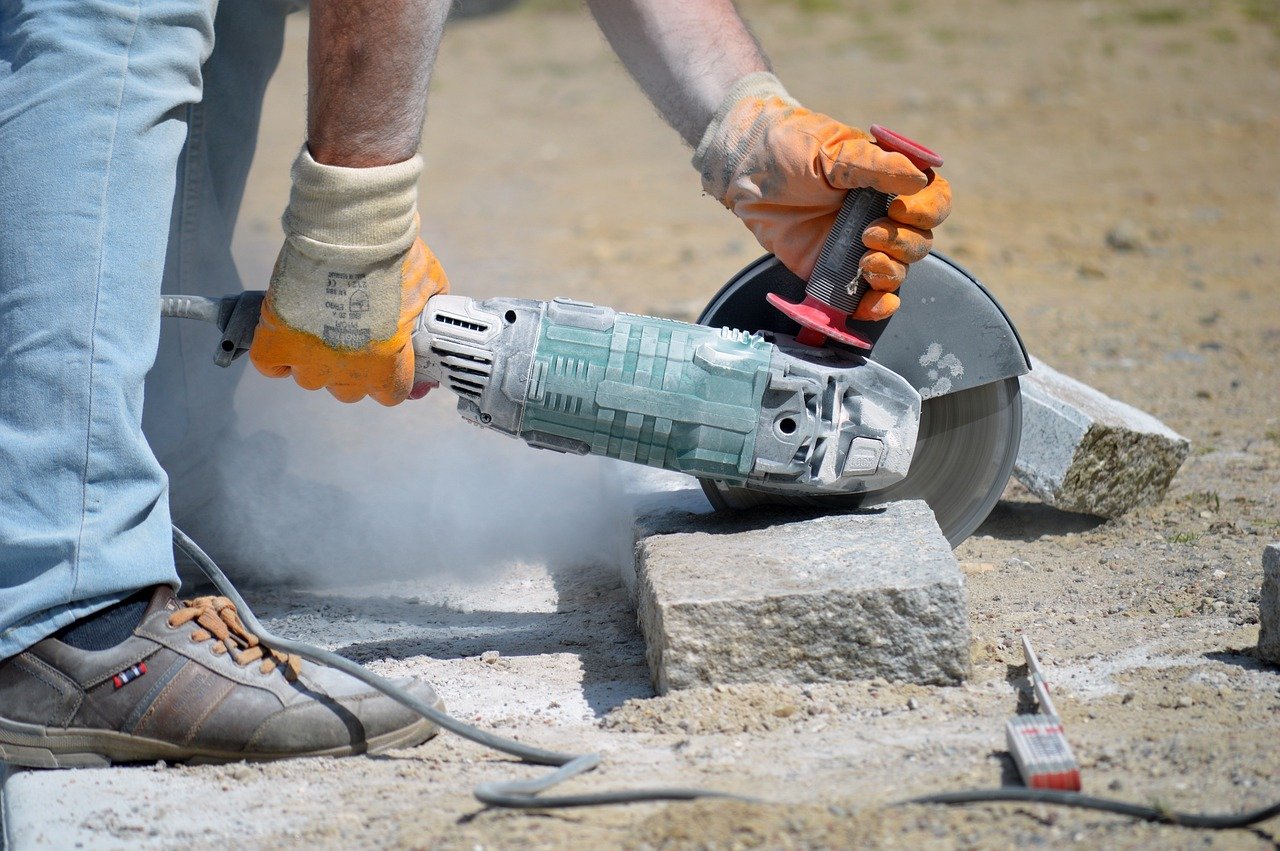
Paper Lantern Nightlight
Creating a is not only a fun project but also a fantastic way to add a touch of charm and personality to any child's room. Imagine the soft, warm glow illuminating their space, casting playful shadows on the walls, and sparking their imagination. This project is simple enough for kids to tackle with minimal adult supervision, making it an ideal DIY activity for a cozy afternoon at home. So, grab your materials, and let’s dive into the world of creativity!
To start, you will need a few essential materials. Here’s a quick list to keep you organized:
- Colored paper (construction paper works great!)
- Scissors
- Glue or tape
- LED tea light or small LED bulb
- Markers or stickers for decoration
- Optional: string lights for added flair
Once you have your materials ready, the first step is to cut your colored paper into the desired shape. Traditional lanterns are often rectangular or cylindrical, but feel free to let your imagination run wild! After cutting, decorate your paper with markers, stickers, or even drawings that reflect your child’s personality. This is where the fun really begins—encouraging them to think about what designs or themes they want to incorporate. Perhaps they want a starry night theme or a magical forest vibe!
Next, it’s time to assemble your lantern. If you’ve chosen a rectangular shape, fold the paper to create the sides of the lantern. Use glue or tape to secure the edges. For a cylindrical lantern, simply roll the paper into a tube and secure it. Now, carefully cut out some shapes or patterns on the sides of the lantern to allow light to shine through. This is a crucial step because these cut-outs will create beautiful patterns when the lantern is lit.
Once your lantern is assembled, place the LED tea light inside. This is where the magic happens! Turn off the room lights and watch as the lantern comes to life, casting enchanting shadows and creating a warm, inviting atmosphere. If you want to take it a step further, you can hang your lantern from the ceiling or place it on a shelf. The beauty of this project is that it can be customized in countless ways—different colors, shapes, and decorations mean that no two lanterns will ever be the same.
Finally, don't forget to encourage your kids to share their creations with family and friends. They can even host a little lantern-making party where everyone can create their own designs. This project not only enhances their room decor but also fosters creativity, fine motor skills, and a sense of accomplishment. Plus, it’s a wonderful way to spend quality time together as a family!
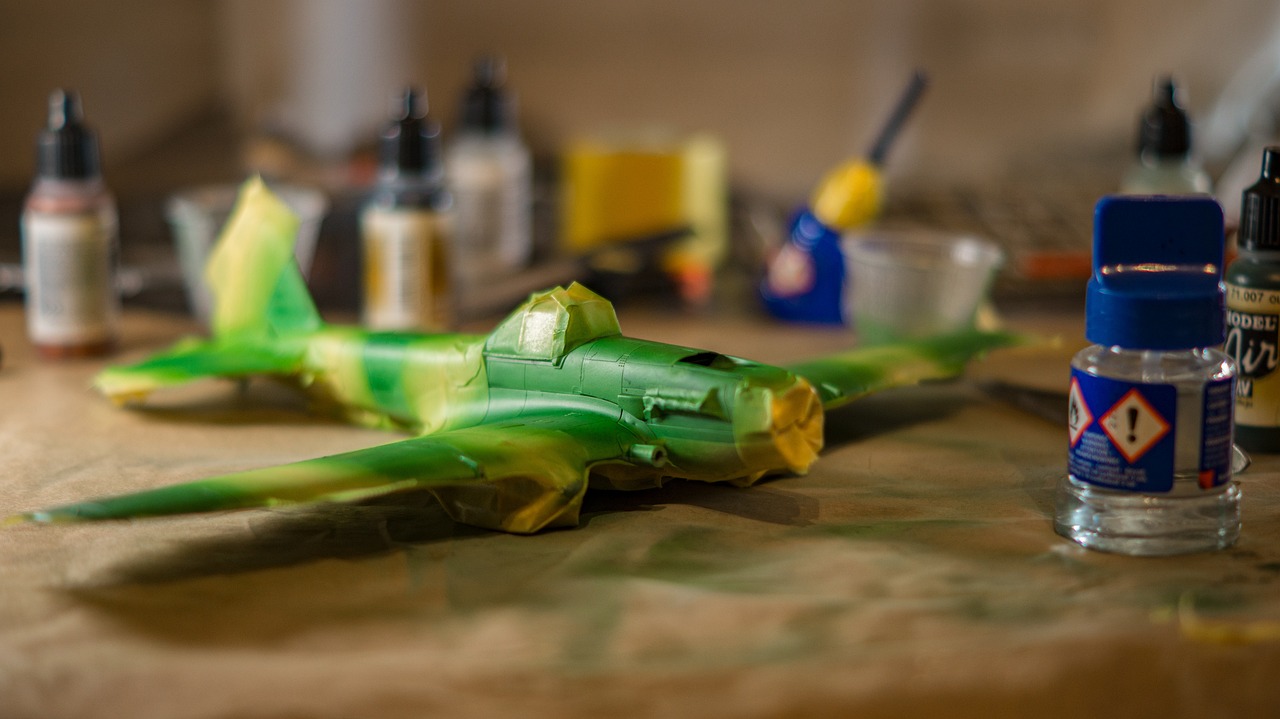
Jar Nightlight Project
Creating a jar nightlight is not only a fun and engaging project, but it also serves as a beautiful addition to any child's room. Imagine transforming an ordinary jar into a whimsical light source that casts enchanting shadows on the walls! This project is perfect for kids because it combines creativity with a touch of science, all while being incredibly simple to execute. Plus, it allows for personal expression through color and design choices, making each nightlight unique.
To get started, you'll need a few basic materials. Gather up some clear glass jars (like mason jars), LED lights, paint (preferably acrylic), a paintbrush, and some decorative items like glitter or stickers. The beauty of this project is that you can customize it to fit your child's personality. Do they love the ocean? How about painting a wave design? Or maybe they're into outer space—stars and planets could be the theme! The possibilities are endless!
Here's a quick breakdown of the steps involved in creating your own jar nightlight:
- Prepare the Jar: Start by cleaning the jar thoroughly to remove any labels or residue. This ensures that the paint adheres properly.
- Paint the Jar: Using the paintbrush, apply a thin layer of acrylic paint to the outside of the jar. You can create patterns, shapes, or even a solid color. If you're feeling adventurous, try using sponges or fingers for a more textured look!
- Add Decorative Elements: Once the paint dries, let your creativity flow! Add glitter, stickers, or even fabric around the jar to give it a unique flair.
- Insert the LED Light: After decorating, place the LED light inside the jar. Make sure the light is secure and that any wires are tucked away safely.
- Enjoy Your Creation: Finally, turn on the LED light and watch as your jar transforms into a magical nightlight, casting beautiful patterns and colors across the room.
This project not only enhances a child's room decor but also encourages them to tap into their imagination and creativity. Plus, the satisfaction of seeing their hard work illuminate the night is priceless! And remember, safety first: always supervise young children when using LED lights and ensure the jar is handled carefully to avoid breakage.
Q: Can I use any type of jar for this project?
A: Yes! Any clear glass jar will work. Mason jars are popular, but you can also use old candle jars or even glass bottles.
Q: Are there any safety concerns with using LED lights?
A: LED lights are safe to use as they emit very little heat and are low voltage. However, always supervise children when handling electrical components.
Q: What if I want to change the design later?
A: You can easily paint over the existing design once the paint is dry. Just remember to clean the jar before applying new paint!
Frequently Asked Questions
- What materials do I need for DIY nightlight projects?
For most DIY nightlight projects, you'll need basic supplies such as LED lights, batteries, jars or paper, glue, scissors, and decorative items like paint or stickers. The beauty of these projects is that you can often use materials you already have at home!
- Are LED lights safe for kids to use?
Absolutely! LED lights are a fantastic choice for kids' nightlights. They emit very little heat, reducing the risk of burns, and they are energy-efficient, which means they won’t drain your batteries quickly. Plus, they come in various colors to spark creativity!
- Can kids handle the wiring for nightlights?
Yes, with proper supervision, kids can learn simple wiring techniques. Start with basic projects that require minimal wiring, and ensure you guide them through the process. It's a great way for them to develop their skills while staying safe!
- What are some creative design ideas for nightlights?
The sky's the limit when it comes to creativity! Kids can create paper lanterns, jar nightlights, or even themed designs based on their favorite characters. Encourage them to think outside the box and personalize their nightlights with colors and decorations that reflect their personality.
- How do I ensure safety while crafting nightlights?
Safety is key! Always supervise kids when they’re using scissors or handling electrical components. Make sure to explain the importance of not touching hot surfaces and using materials that are safe for crafting. Setting clear safety rules can make the crafting experience enjoyable and secure.
- Can I use recycled materials for these projects?
Definitely! Using recycled materials not only makes the project eco-friendly but also adds a unique touch. Old jars, cardboard, and even fabric scraps can be transformed into beautiful nightlights. It’s a fun way to teach kids about sustainability while crafting!



















